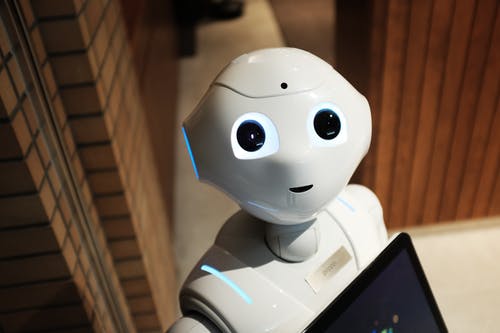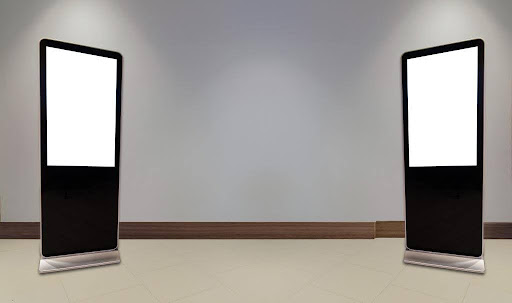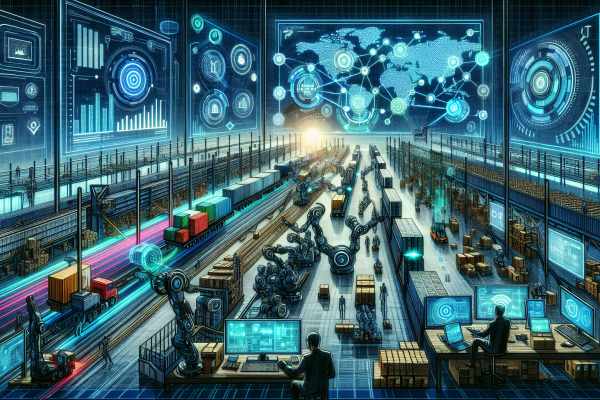The fast-evolving technology has led to changing machining processes. For example, machining has transitioned from manual production, through hand carving, to CNC machining. The demand for more flexibility in machining has led to robotic machining. In this article, you will get to know about 5 FAQs about machining robotics and answers.
That has created an abyss of confusion amongst potential consumers of the trending machining technologies. For instance, the confusion could lead to questions such as:
What is robotic machining? Which machining process can be done with robots? What are the five types of robots changing manufacturing? What are the main fields of robotics? What are the primary roles of a robot in a machine shop?
If you have the above or related questions, this article is for you. It would help to have a solid understanding of the machining robot to comfortably apply it after reading this article. Read on to find out more.
Table of Contents
1. What Is Robotic Machining?
Robotic machining entails controlling a robot’s path and its TCP (tool center point). It is often compared to CNC machining that involves TPC (tool path control) applications such as cutting, drilling, milling, and turning.
Here are the main differences between robotic machining and CNC machining.
Most robots get programmed using the manufacturer’s programming language. On the other hand, a typical operates via CAM software. Traditionally, they operated on G-Code.
Machining robots are more flexible than CNC machines. Few robots, such as the SCARA robots, are stiff in the Z direction. Most CNC machines require a small workplace, while robots can utilize workspaces of various sizes.
Although most CNC machines work faster than traditional robots, the demand for machining robotics is on the rise because of the following reasons.
2. Which Machining Process Can Be Done with Robots?
Automated CNC machines are crucial in various machining tasks due to improved accuracy. However, certain machining processes demand complex systems to handle specific machining requirements.
For instance, it is hectic to realize modern manufacturing shapes without robotic deburring, grinding, polishing, and trimming.
Deburring enables you to remove inconsistent layers of the metal after a CNC machine has worked on the material.
Most firms are starting to show interest in automated robotic grinding to achieve high precision in production. Like the companies, you can kick away errors that often arise from manual inspection.
You can realize extreme consistency and do away with the manufacturing repetitiveness that comes with polishing whenever you use robotic grinding arms. Similarly, you can accomplish machining tasks faster by applying robotic trimming.
3. What Are the 5 Types of Robots Changing Manufacturing?
The following types of robotics have drastically changed manufacturing:
Collaborative robots, ARMs (Autonomous mobile robots), Industrial robot arms, robotic blacksmithing, and robots with machine vision.
The continued reduction of manufacturing space has fueled the need for efficient machines that work alongside human beings. The best solution was collaborative robots.
Their improved sensing power enables them to notice human motions in a manufacturing environment. Apart from minimizing the number of industrial machine-to-human accidents, they have boosted ROI by minimizing operational costs and speeding up production.
Industrial robot arms, on the other hand, enable you to handle massive payload during manufacturing. Their coating lets them work in environments that are risky to humans, such as acidic or high-temperature environments.
Machine vision robots simplify quality inspection in various manufacturing environments. Since they relieve workers of tedious inspection roles, the workers can focus on tasks that demand less accuracy within the company.
Robotic blacksmithing is where the robots use their intelligence to detect a workpiece’s shape. It can then apply suitable heat and pressure when undertaking robotic machining roles such as grinding and polishing.
4. What Are the Major Fields of Robotics?
There is a wide range of robotic fields. The most typical ones are Operator interface, manipulators, perception, locomotion, and programming.
Several scientific disciplines such as kinematics, electrical engineering, artificial intelligence, and reinforcement learning play critical roles in shaping the robotic fields.
In the operator interface, you can give pre-programmed commands to the robot. An industrial computer touchscreen in manufacturing helps in issuing commands to the conveyor to function on the factory floor.
Machining robots can move with human-like traits in manufacturing. Similarly, the engineer can design the robot to fly through propellers.
Joints, articulations, and manipulators enable the robot to hold and transfer workpieces between places. Joints enable the robotic arms to move between two linked parts. A group of joints forms articulations.
Manipulators, on the other hand, are robotic arms with fixed and freely moving arms. Several languages play a role in programming a robot’s functionality.
Through machine learning (automation), the robots can self-program to solve various production needs. The robots can sense their environment and navigate it without hurting humans or produce.
5. What Are the Main Roles of a Robot in a Machine Shop?
A machine shop is a building where subtractive manufacturing takes place. Examples of activities in a machine shop are milling, drilling, sawing, and turning.
Milling enables you to cut a workpiece using a rotating tool. You can make circular holes in a material through drilling.
Through sawing, you can extract narrow slits in workpieces with the help of abrasive cutting tools. Turning is crucial in making rotational parts in a workpiece by chopping off unwanted material from it.
The primary role of a robot in a machine shop is machine tending. Here, robots load and unload parts, thereby relieving workers of the heavy workload that often injure them.
Their precision makes them relevant in quality inspection processes. Besides, they are mostly relevant to machining processes because they learn on the job quickly.
Their artificial intelligence lets them identify more patterns in the grid layout and navigate it comfortably for subsequent tasks.
Likewise, they can identify humans in the shop and avoid bumping into them. That makes them more relevant to fast-paced workplaces such as machine shops.
Conclusion
Failing to identify the roles of robots in machining is the primary source of confusion when striving to utilize the trending technology. You should find it simpler to use robotics in machining after reading this post.





